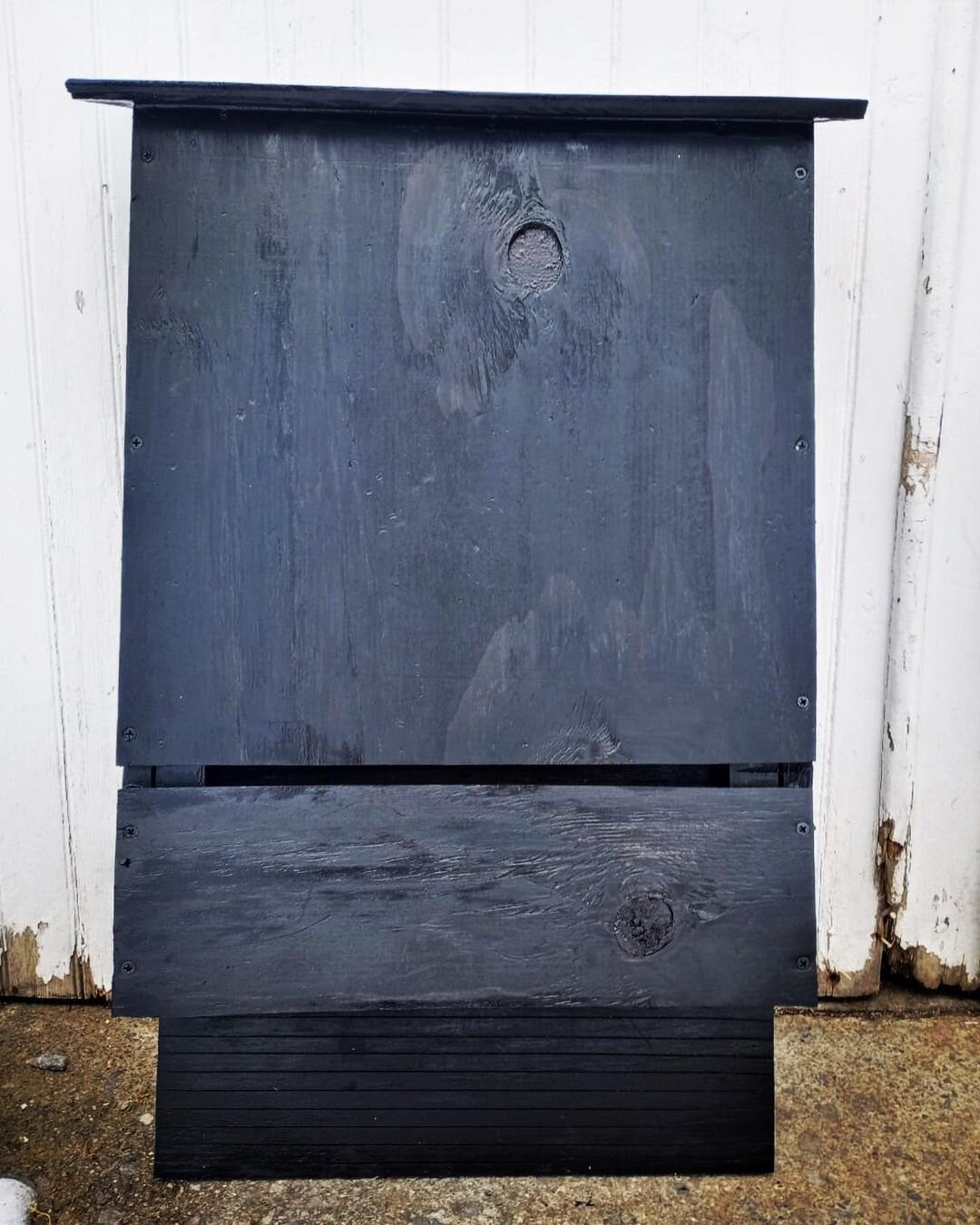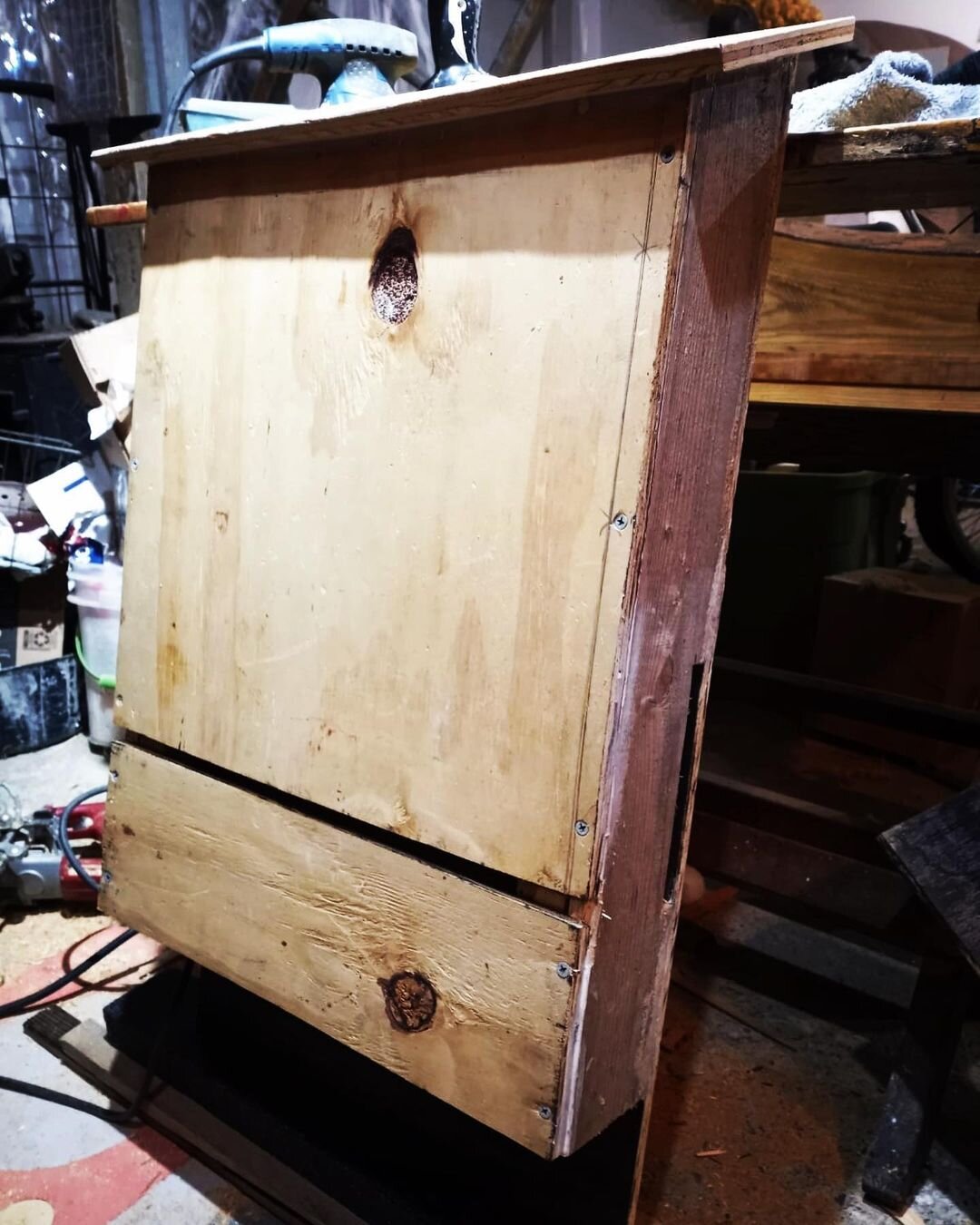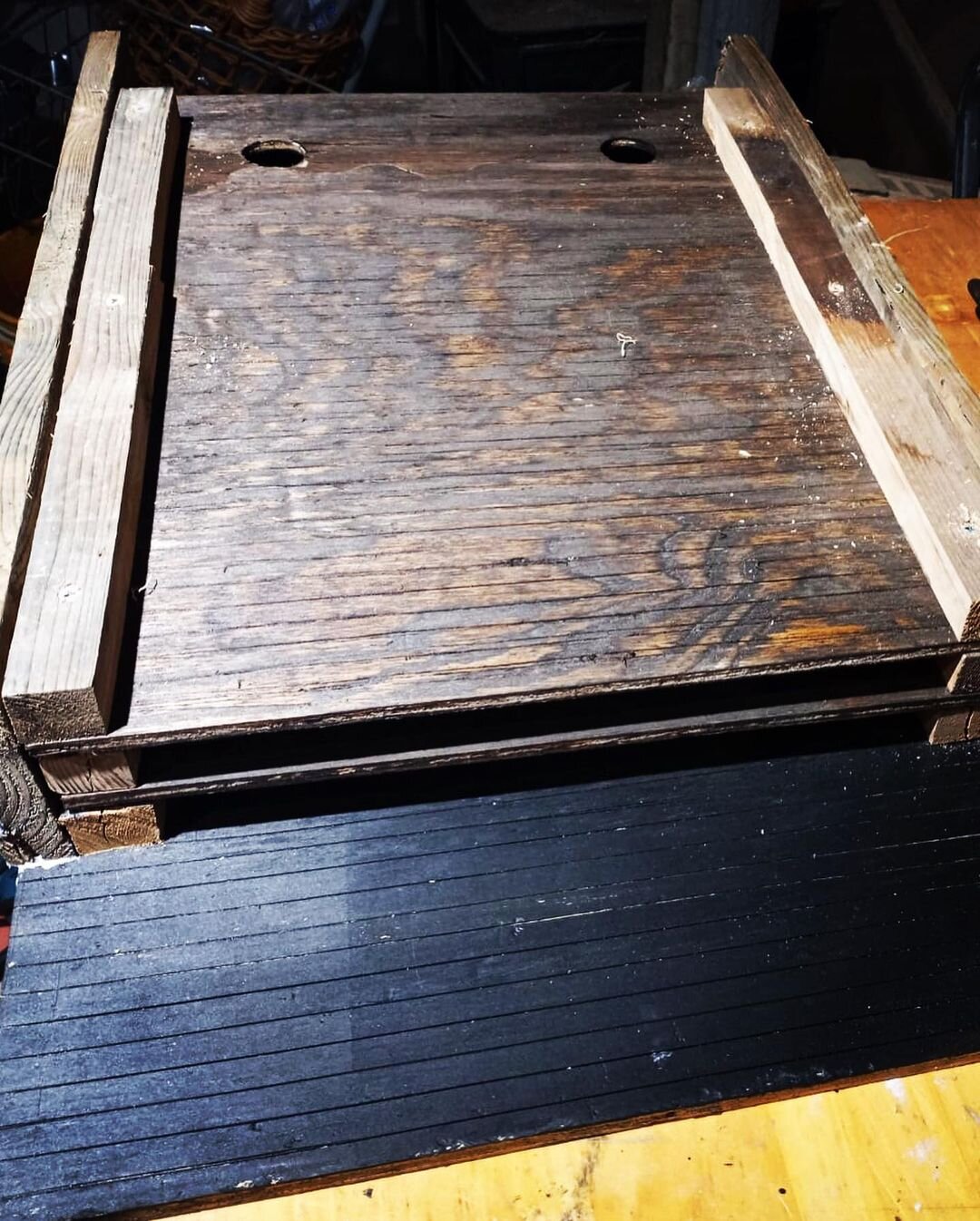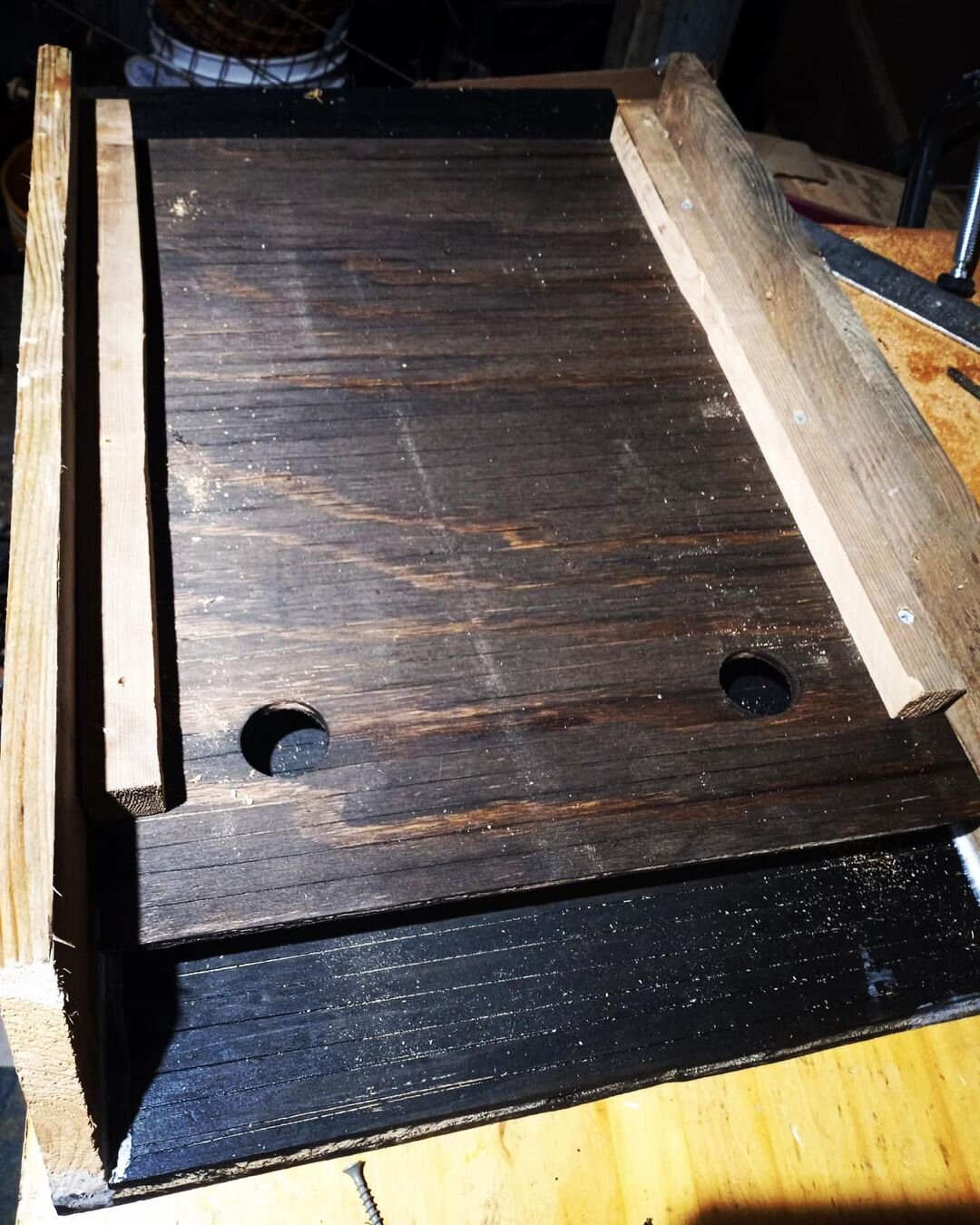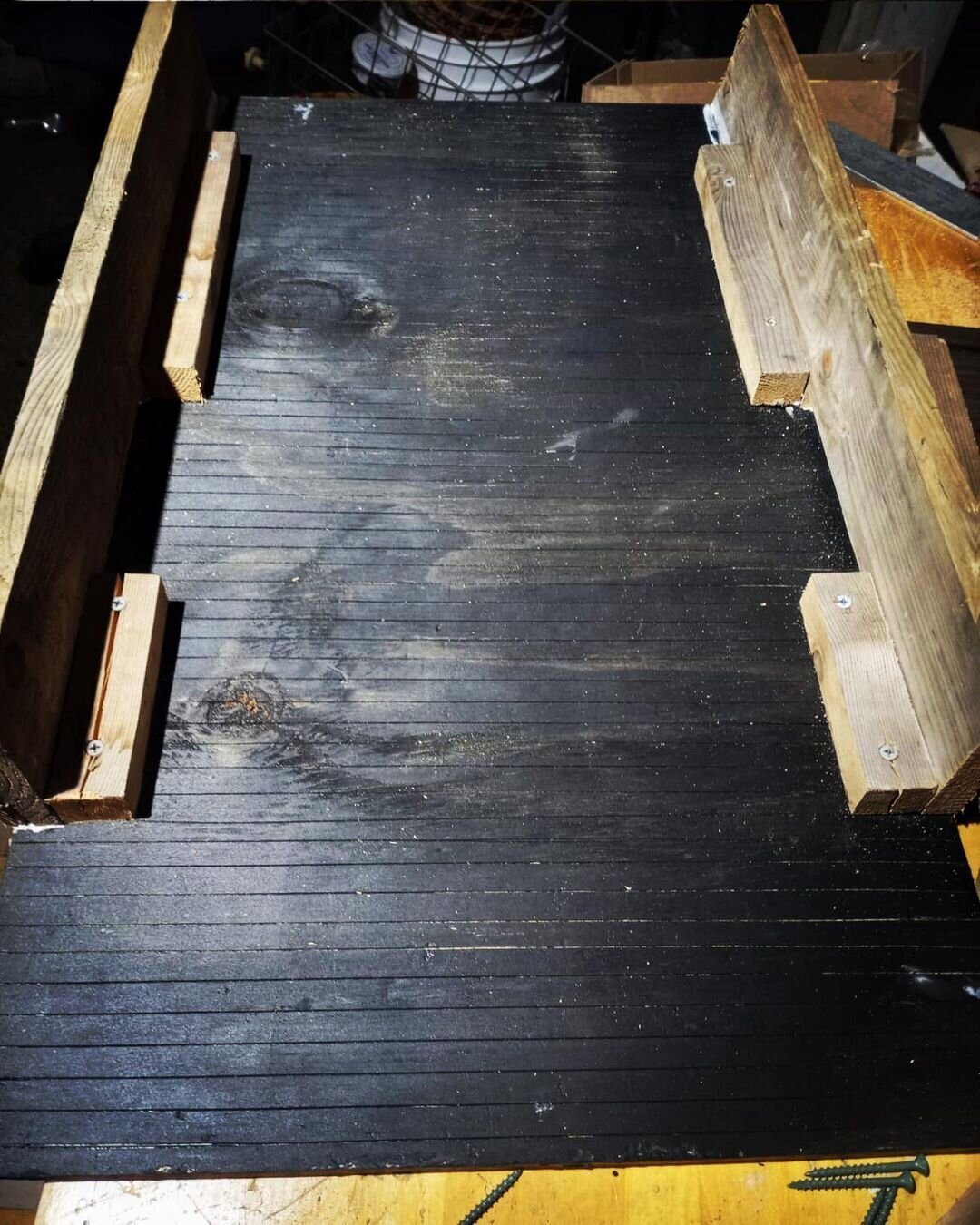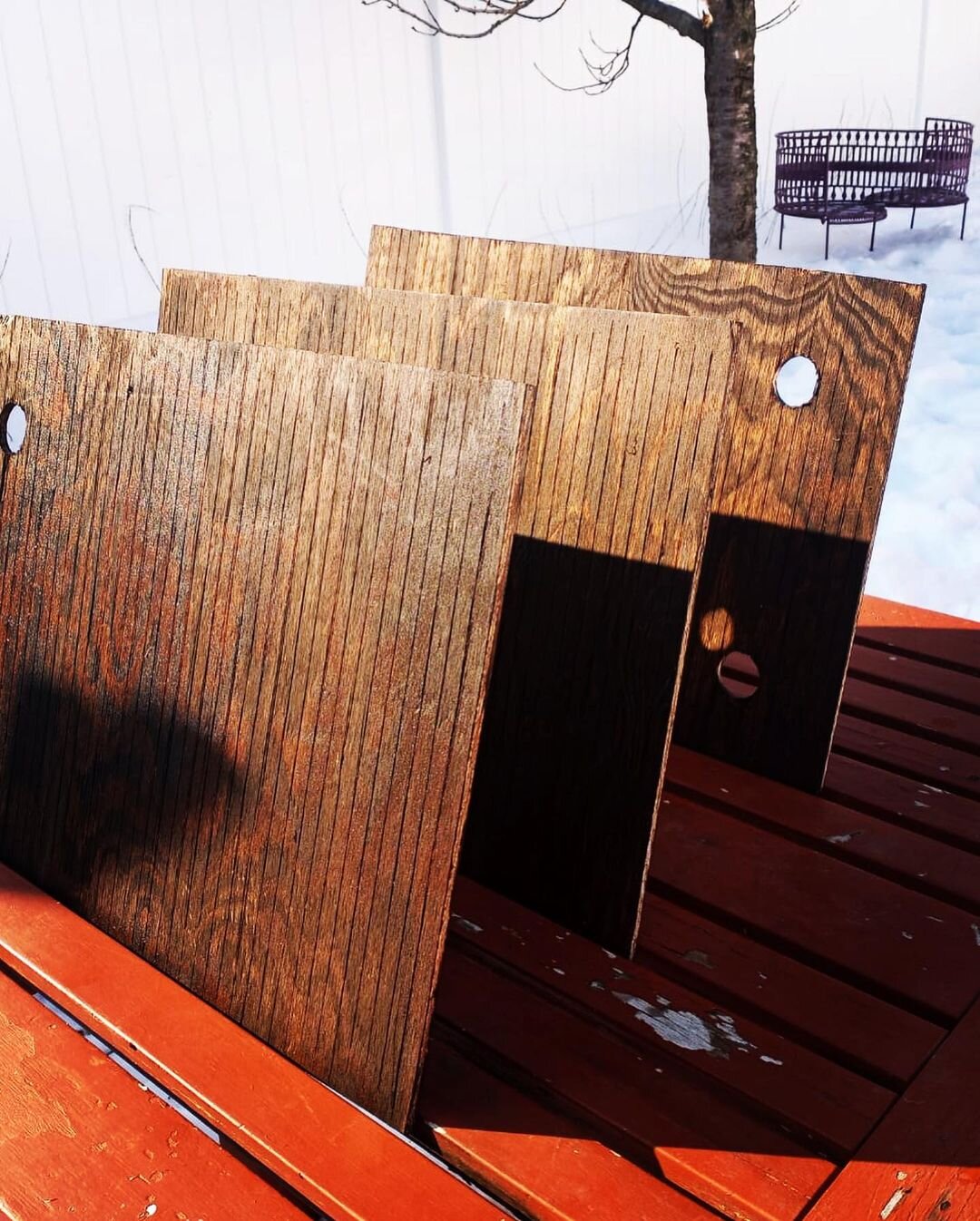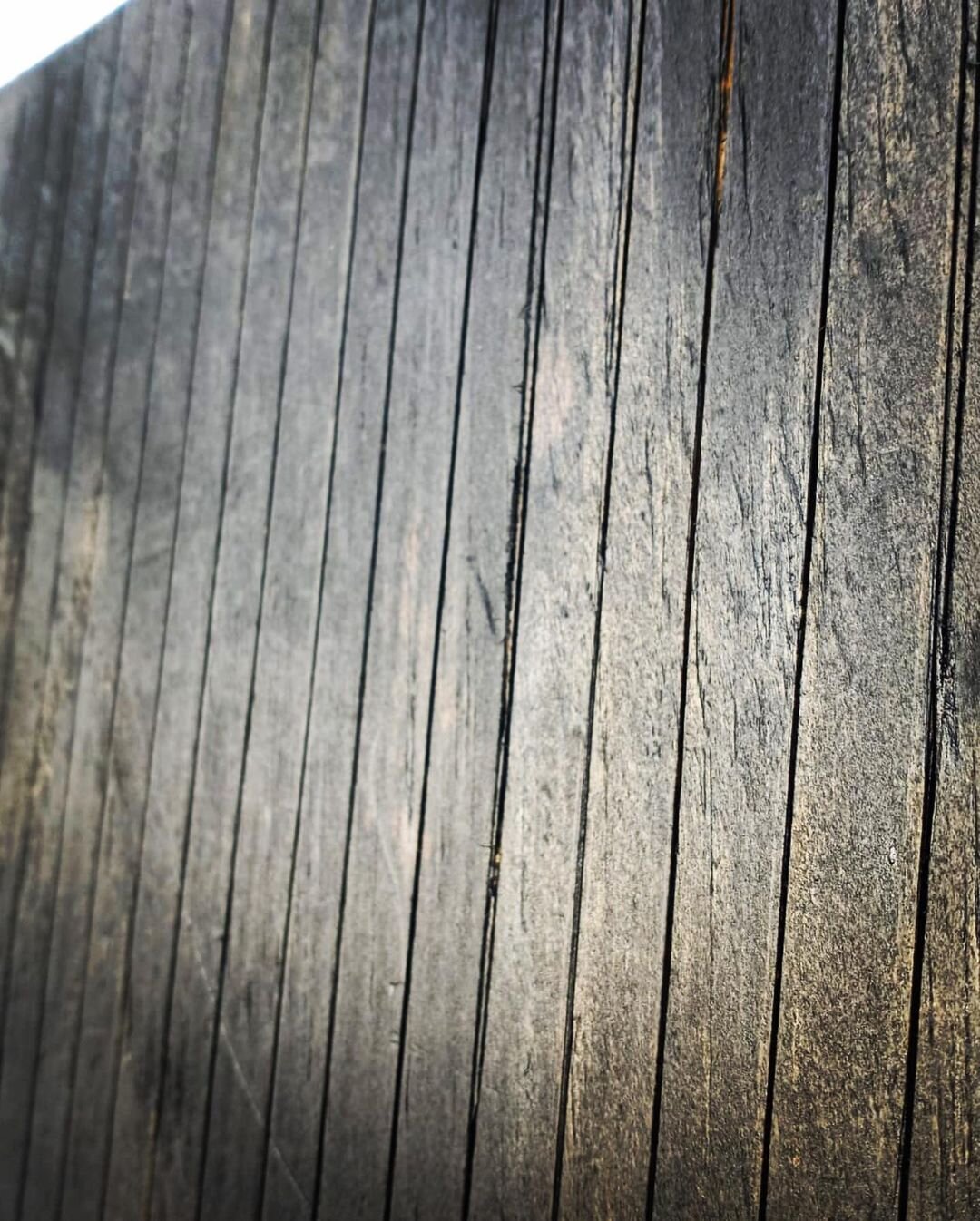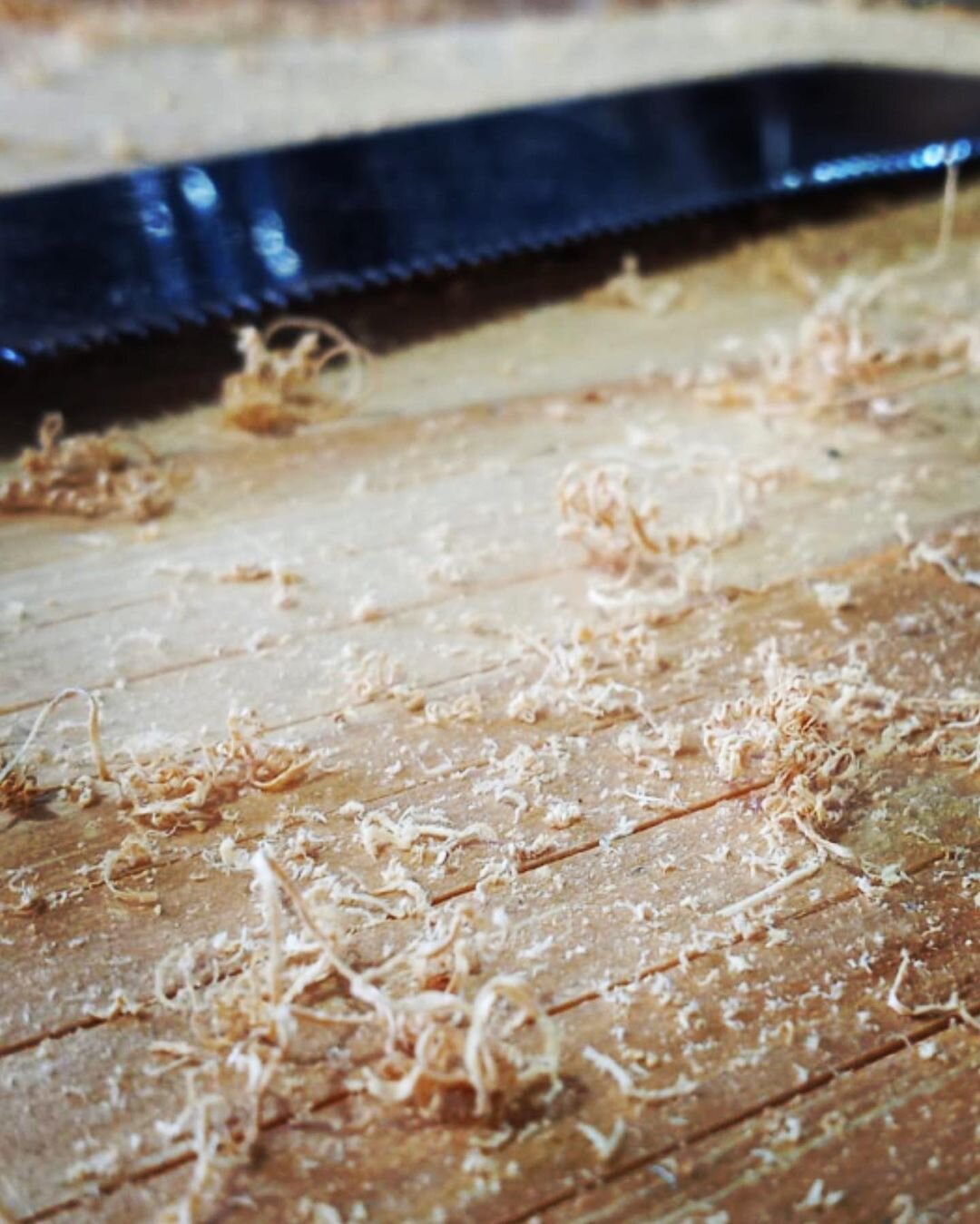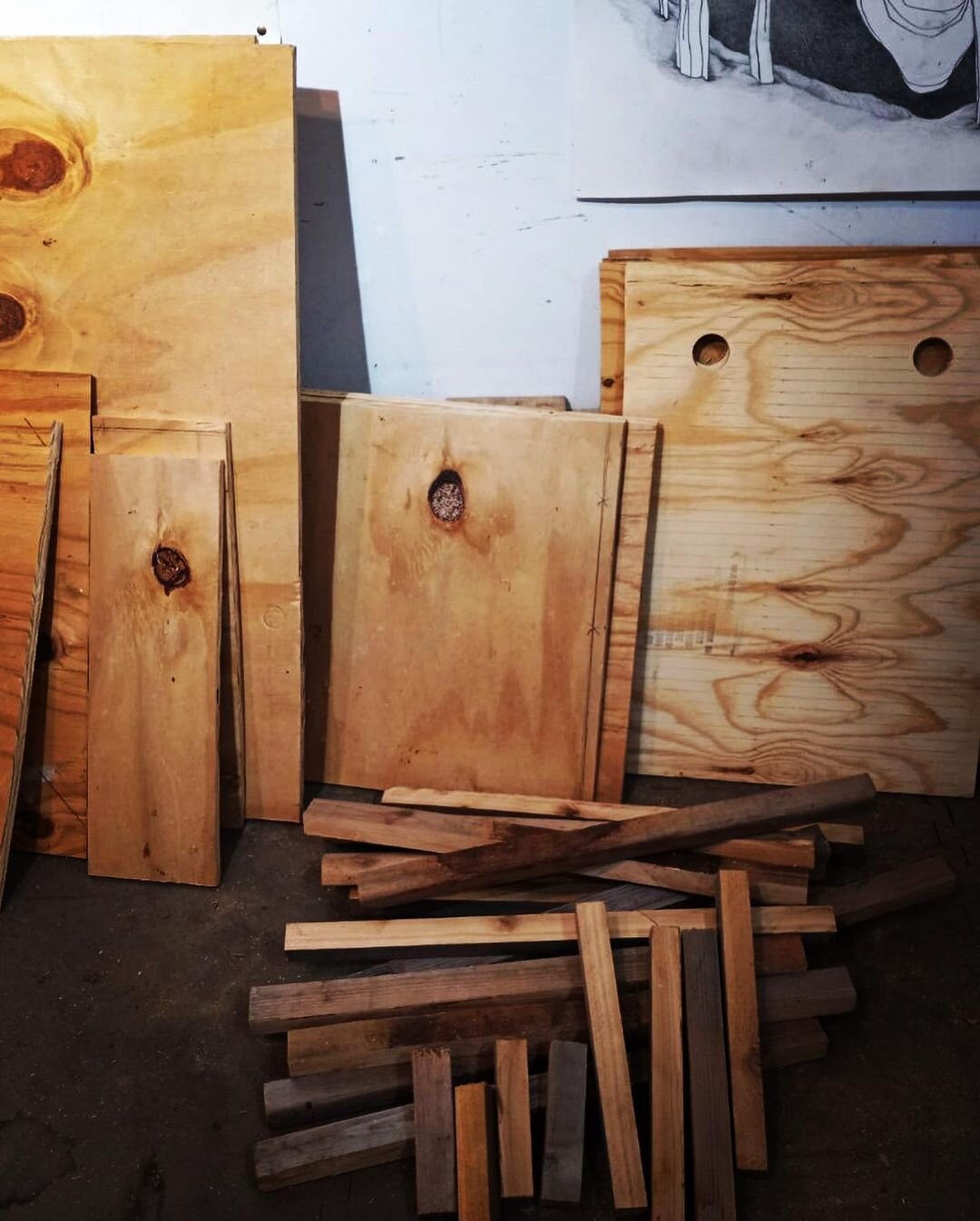On snowy days with frost hardened ground our staff can often be found building habitat structures from scrap lumber. These structures serve an important purpose. Native animal species evolved in a forested landscape that differs substantially from the current ecology of the Hudson Valley. They speciated over thousands or tens of thousands of years, a duration that ecologists refer to as ecological time. This concept describes the lengths of time over which new species evolve and existing ones become extinct. In comparison to ecological time the passage of time as we experience it is dizzyingly brief, and the births and deaths by which we mark our lives are smaller patterns in vast ecological dynamics. The collision of rapid human time and gradual ecological time is evident in our landscape, where the complex biotic relationships many species rely on are absent as a result of human activity. The habitat structures that we build are an answer to one of components of this ecological shift, the loss of large deceased trees that provide habitat for many of the smaller species native to our area.
The loss of habitat trees was initiated by European colonists who deliberately and violently removed Native Peoples from the land. This genocide also resulted in the loss of the prescribed burn techniques implemented to facilitate agriculture in old growth forests. The physical remnants of colonization are still apparent in our landscape. Take a hike anywhere in the Hudson Valley and it’s likely that you’ll come across a stonewall in the middle of the woods. It’s possible that you’ll find an old, crumbling foundation as well. Or else a lone chimney standing “like a pistil after the petals go,” to borrow from Robert Frost’s detached eulogy “The Need of Being Versed in Country Things.” These masonry relics are informative about the land history of the Hudson Valley. They tell us that much of what is now forested land was agricultural, and that small farms dotted the landscape. Farmers piled stones into walls to pen in sheep or cows, and eventually abandoned their farms as families moved West or as large scale operations forced smaller farms out of business.
Old stone walls also tell us about the ecology of forests in the Hudson Valley. Wherever you see a stone wall it’s likely that the old growth forest was cleared, and the woods that you’re walking through are the result of secondary succession. To the trained eye the trees themselves may hold clues about the history of the land as well. Forests on land that has been recently abandoned often display what ecologist Tom Wessels calls an “age discontinuity” in his book Reading the Forested Landscape. The main canopy is composed of trees of a similar truck size and the understory will likely contain numerous saplings. This pattern not only indicates that the forest is young, but also holds implications for the animal species that inhabit our forests.
Many of the same tree species present in old growth forests can still be found in secondary forests, with notable exceptions of trees like chestnut or hemlock that are extinct or under dire threat from invasive blights. Yet, there’s more to an ecosystem than the presence or absence of certain species. Ecologists use the terms structure, or the presence and abundance of species, and function, the flows of energy and matter that dictate how the species interact, to describe this complexity. To liken an ecosystem to a recipe, structure is a list of ingredients and their quantities, function describes the rules for combining them.
Healthy, old growth forests are often composed of uneven age stands. They contain trees of all sizes, from fresh-stemmed saplings to the towering hollow trunks of dead trees not yet fallen, called snags by foresters. It is a landscape with this diversity of age, health, and species that bats, owls, and song birds evolved in. Snags are a critical functional component of our ecosystem that is often missing from the secondary growth forests that dominate the Hudson Valley. In the absence of these dead trees with hollow knot holes and empty trunks many species lack the ecological niche that they depend on for nesting and shelter. Inadequate habitat leads to decreased reproductive success, which in turn threatens the viability of entire populations.
Habitat structures can form a bridge between the forests of the past and the forests of now. Bat houses, screech boxes, and snag analogs provide a way to ensure that the nonhuman residents of our forests persist. They are a way to revive sylvan ghosts, and cradle the species that they carried for the time being, until hulking snags are part of our forests once again.
One Nature Habitat Structures: A few profiles
Screech Owl Boxes
Megascops asio, also known as the Eastern Screech Owl, is native to New York state and can be found among the trees in the Hudson Valley all year round. These handmade bird boxes are designed specifically for Megascops asio, who in fact tend to thrive in suburban environments due to both the abundance of food (insects, small mammals) and the birds’ adaptation to human development. Due to their nocturnal habits, Screech Owls tend to be more common than we think, because we are less likely to see them during the day.
Cavity Nesting Bird Houses
Sialia sialis, or the Eastern Bluebird, is the New York state bird, and is one of several species of cavity nesting birds that are native to the Hudson Valley and can be seen in our trees and meadows year round. These handmade bird boxes are designed specifically for native cavity nesters like Bluebirds, Tree Swallows (Tachycineta bicolor) and Black-capped Chickadees (Poecile atricapillus).
Bat Boxes
It is becoming more widely known that bat populations are in trouble due to disease and loss of habitat; in fact some of the most abundant bat species in North America are currently facing extinction. This is worrisome because bats play a crucial role in a well functioning ecosystem. Bats control insect pests, but they also contribute to plant pollination and seed dispersal, making them as essential to our natural environment as bees and birds. Bats may get less attention because they are nocturnal and their important work takes place largely unseen, but these handcrafted bat boxes are a great way to provide these amazing creatures a safe place to roost, and potentially aid in the recovery of bat populations.
Nine different species of bats can be found in New York state. Of these nine species, 3 are tree dwellers and 6 are cave dwellers. Of these cave dwellers, the types of bats most likely to be found taking up residence in bat houses are the Little Brown Bat (Myotis lucifugus), Big Brown Bat (Eptesicus fuscus), and the Tri-colored Bat (Perimyotis subflavus).


